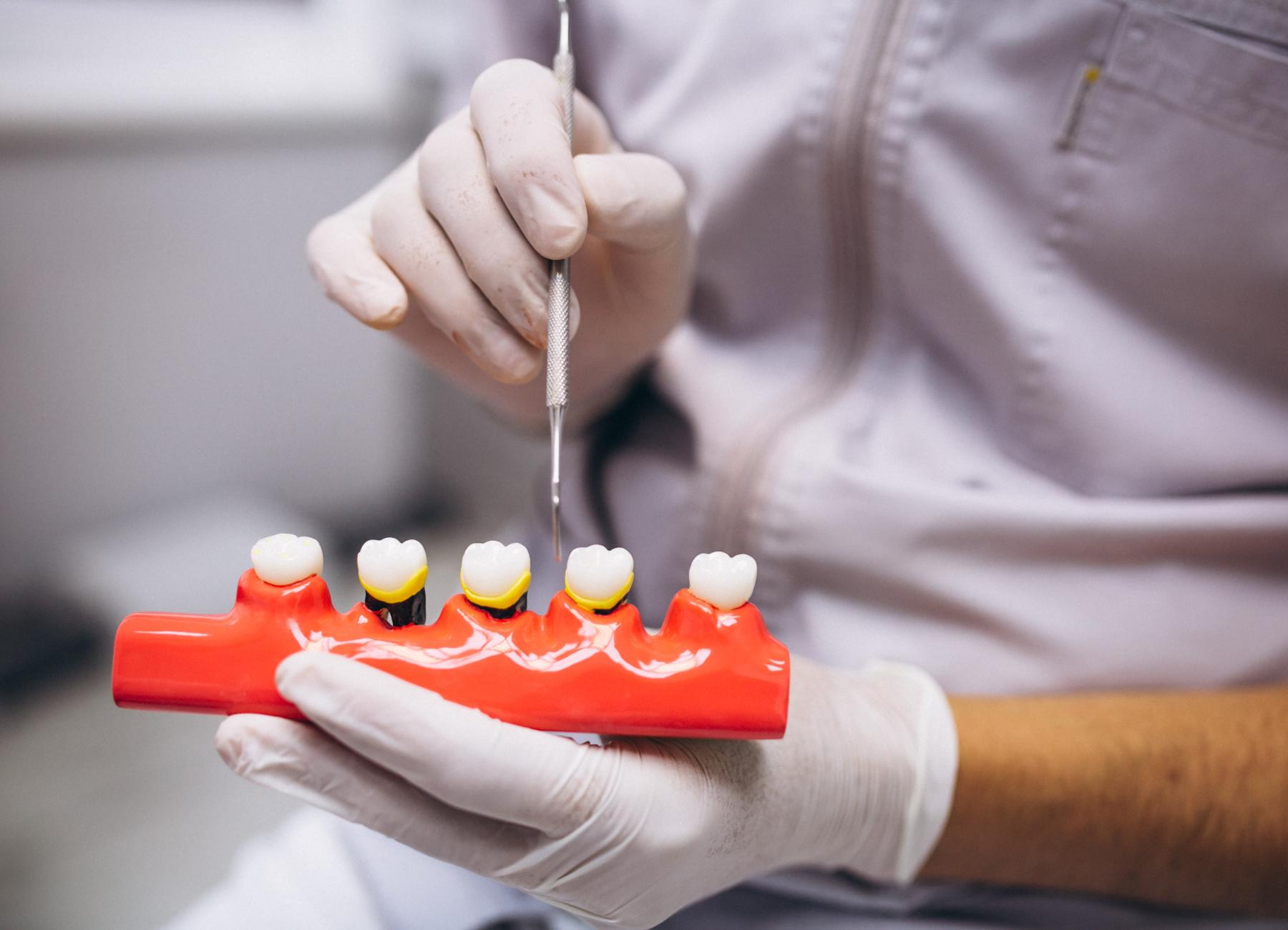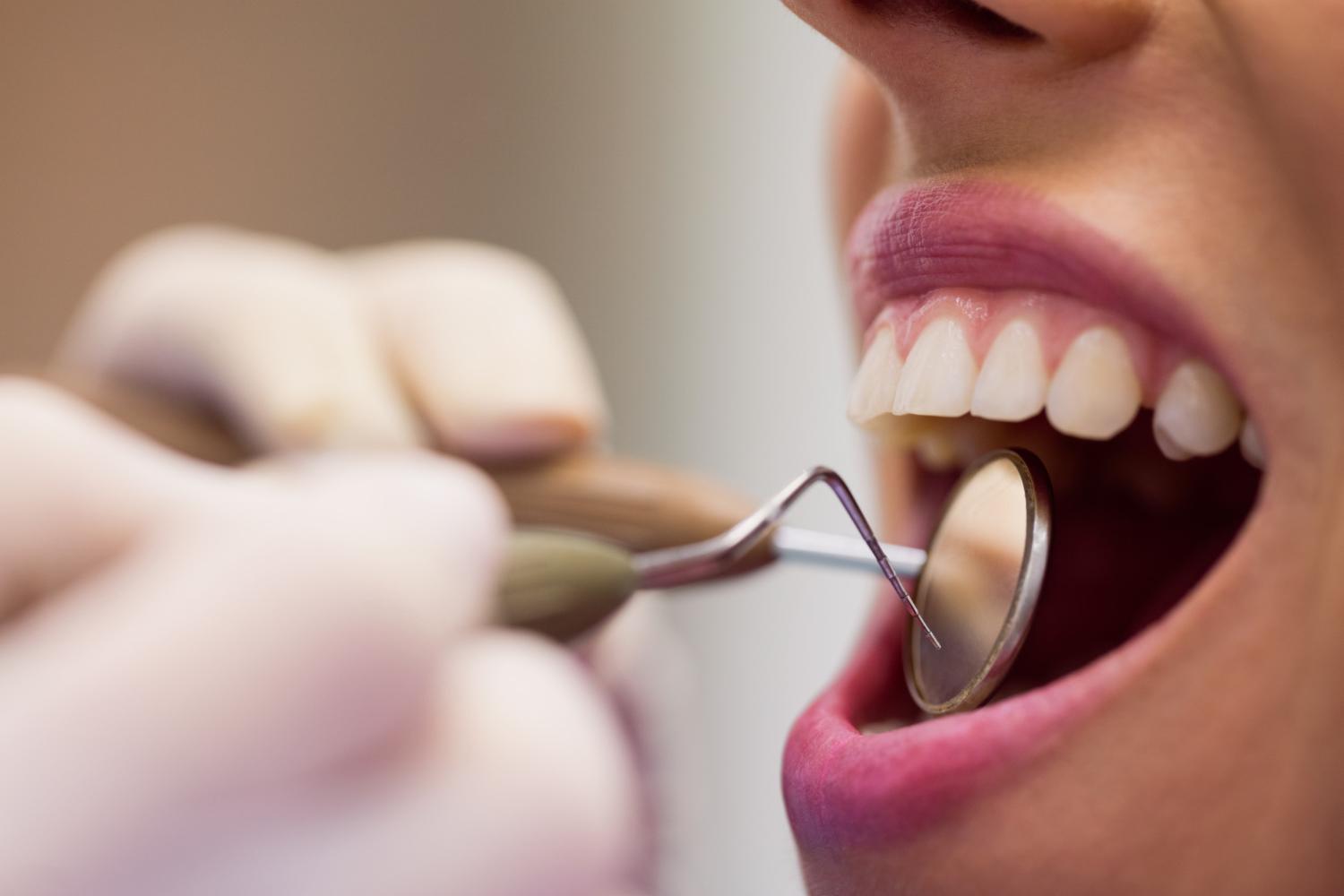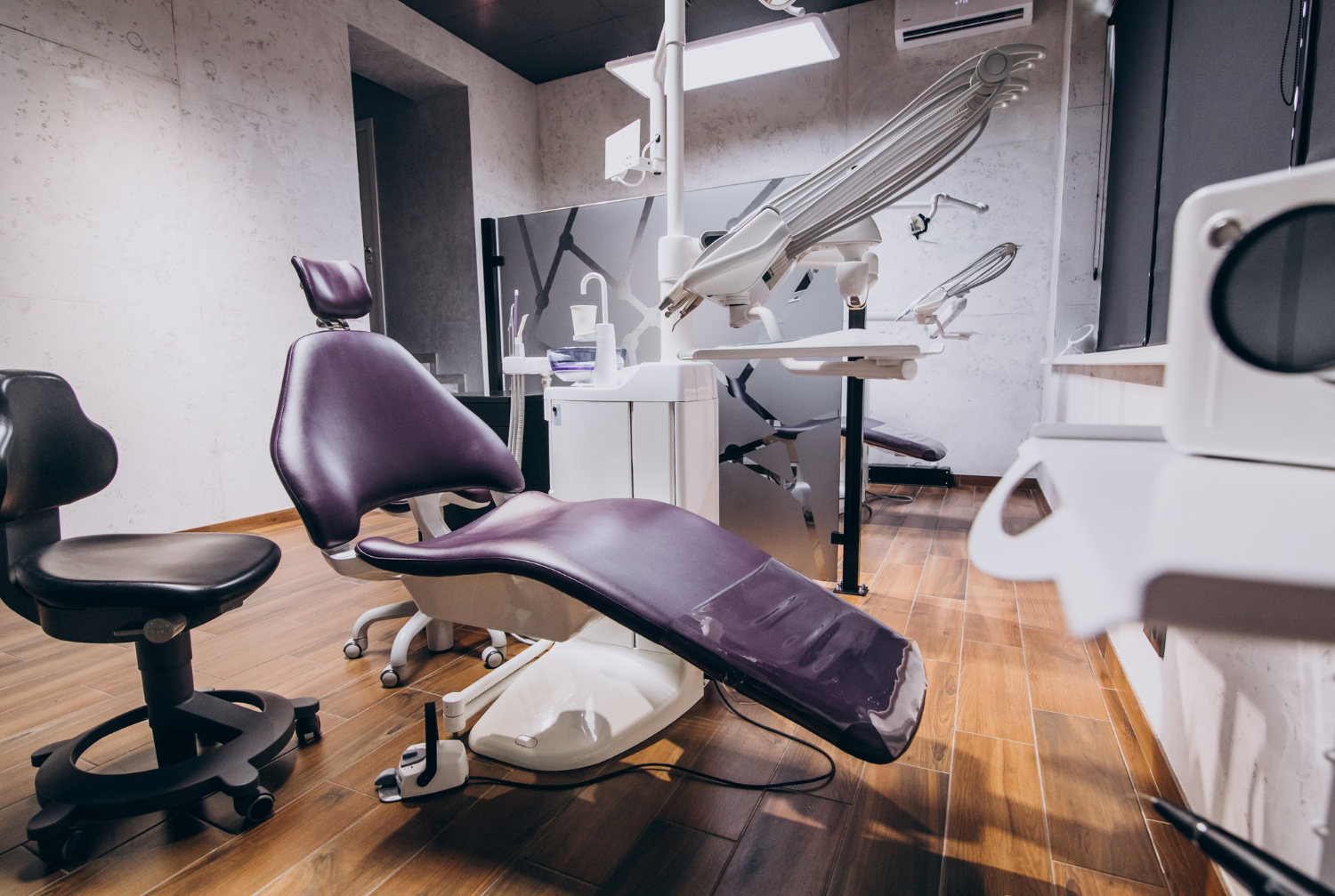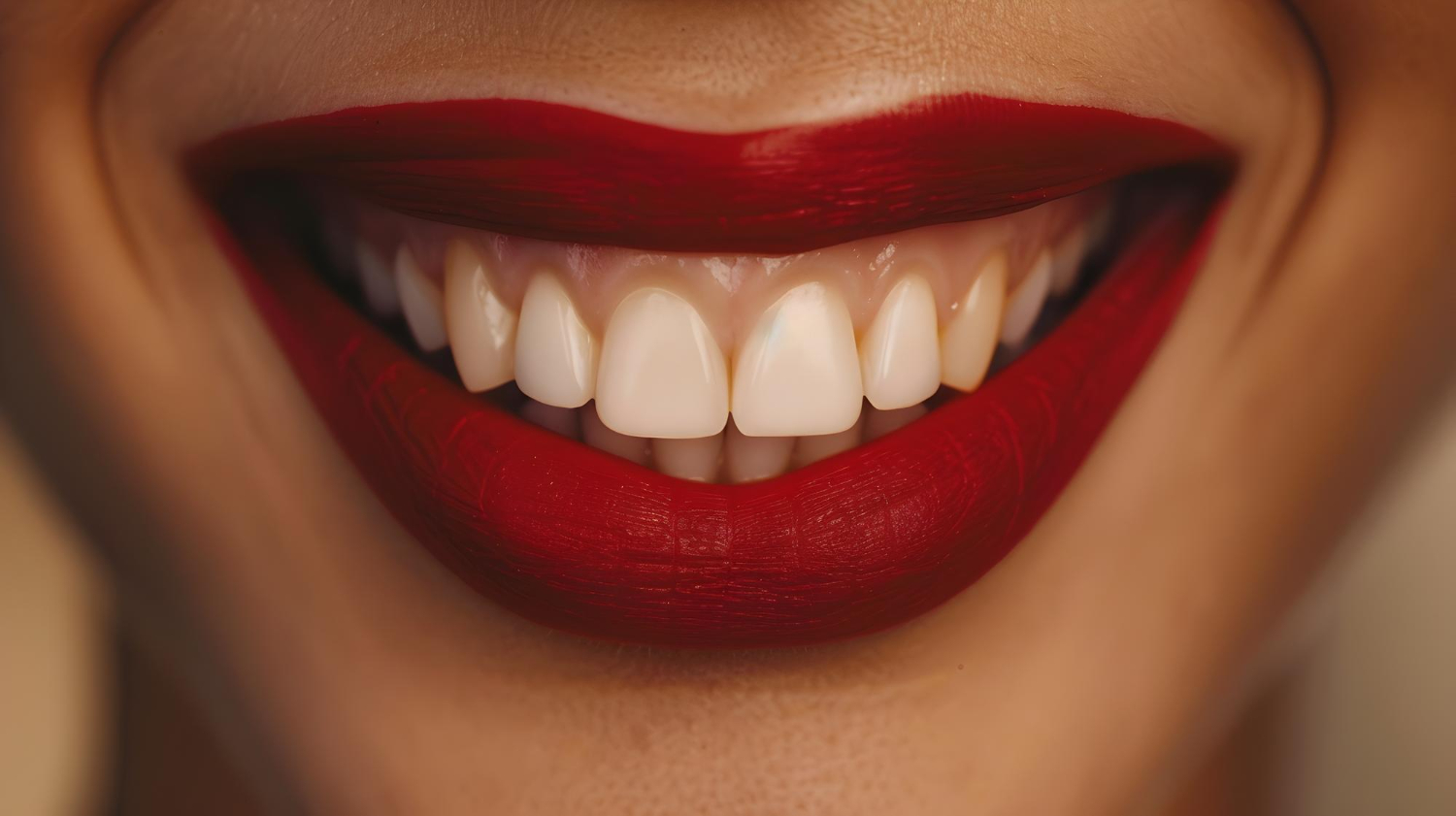Choosing the right dental professional isn’t just about booking an appointment at the closest clinic. It’s about knowing who you’re trusting with your smile, your health, and your comfort. Behind every great smile is someone who knows their craft, stays current, and genuinely cares. If you’re wondering what separates a good provider from a great one, here’s a breakdown of qualifications to look for that go beyond just a degree on the wall.
Extensive Experience in Cosmetic and Restorative Dentistry
Experience shapes skill. A dentist with a strong background in cosmetic and restorative work understands how to balance form and function—giving you teeth that not only feel strong but also look great. Years of hands-on procedures like veneers, bonding, crowns, and implants allow them to anticipate complications and deliver results that hold up over time. Real-world experience is often what separates basic fixes from high-quality, long-lasting outcomes.
In cosmetic and restorative work, precision and aesthetics go hand in hand. A professional who has worked with a variety of cases knows how to tailor each treatment to the individual’s needs. From color matching to reshaping and rebuilding, the approach becomes more refined with each patient they treat. It’s not just about fixing a problem—it’s about restoring confidence and helping you feel like yourself again.
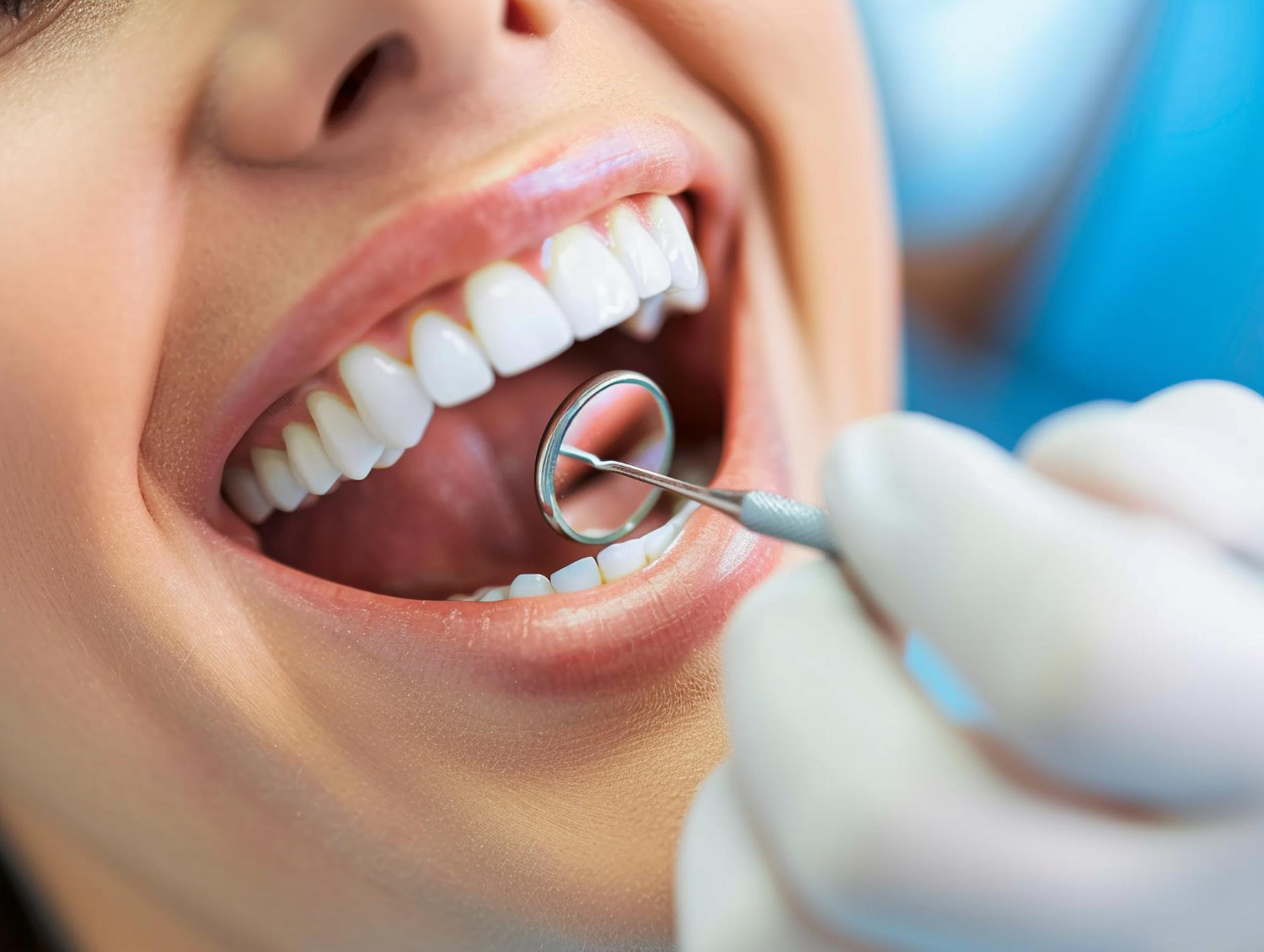
Membership in Accredited Dental Associations
Being part of professional organizations shows commitment to standards. These associations require their members to stay informed on best practices and evolving guidelines. Memberships in accredited groups, such as the Canadian Dental Association, reflect a dedication to ethics, skill development, and accountability. It also means the provider is being held to a code of conduct that supports your safety and care.
Associations often provide access to new tools, technologies, and methodologies before they hit the mainstream. That means your care benefits from up-to-date knowledge and peer-reviewed techniques. While memberships alone don’t guarantee excellence, they’re a solid sign that your provider is in touch with the larger professional community and takes pride in their work.
Proven Expertise in Patient Comfort and Pain Management
Technical ability matters, but so does bedside manner. A top-level provider knows how to ease anxiety and manage discomfort effectively. Whether you’re getting a routine cleaning or a complex procedure, their focus on your comfort makes all the difference. You shouldn’t have to brace yourself every time you walk through the door. An expert in pain management knows how to use both technique and tools to keep you at ease.
Those who excel in this area often incorporate gentle language, explain steps clearly, and adjust treatments based on your feedback. It’s not just about numbing pain; it’s about preventing stress. Creating a calming atmosphere and using methods that reduce sensitivity can completely change how you feel about appointments. That kind of care is what makes people actually look forward to coming back.
Commitment to Continuing Dental Education
Health care doesn’t stand still—and neither should your provider. Continued education shows a willingness to improve and adapt. This means staying ahead with new techniques, materials, and approaches. It also shows that they don’t rest on what they learned years ago but continue to refine their expertise as medicine evolves.
This commitment can result in faster healing, better outcomes, and even lower costs in the long run. A dental professional invested in learning is often the first to introduce minimally invasive options or new comfort technologies. It’s the difference between someone who works out of habit and someone who works with purpose. And in an industry where precision counts, keeping skills fresh can make a big difference.
Advanced Certifications in Specialized Dental Procedures
Not every dentist is trained to handle advanced procedures. Certifications in things like implantology, orthodontics, or sedation dentistry show they’ve gone above the standard training. These programs often involve in-depth courses, hands-on clinical work, and assessments from peers and instructors. It’s a sign that they’ve taken the time to specialize—and that they’ve done the work to prove their knowledge.
Advanced certifications also show initiative. Whether it’s working with bone grafts, performing root canal therapy, or handling cosmetic realignment, having those extra credentials builds trust. You’ll feel more confident knowing the person working on your teeth has been thoroughly trained for your specific needs.
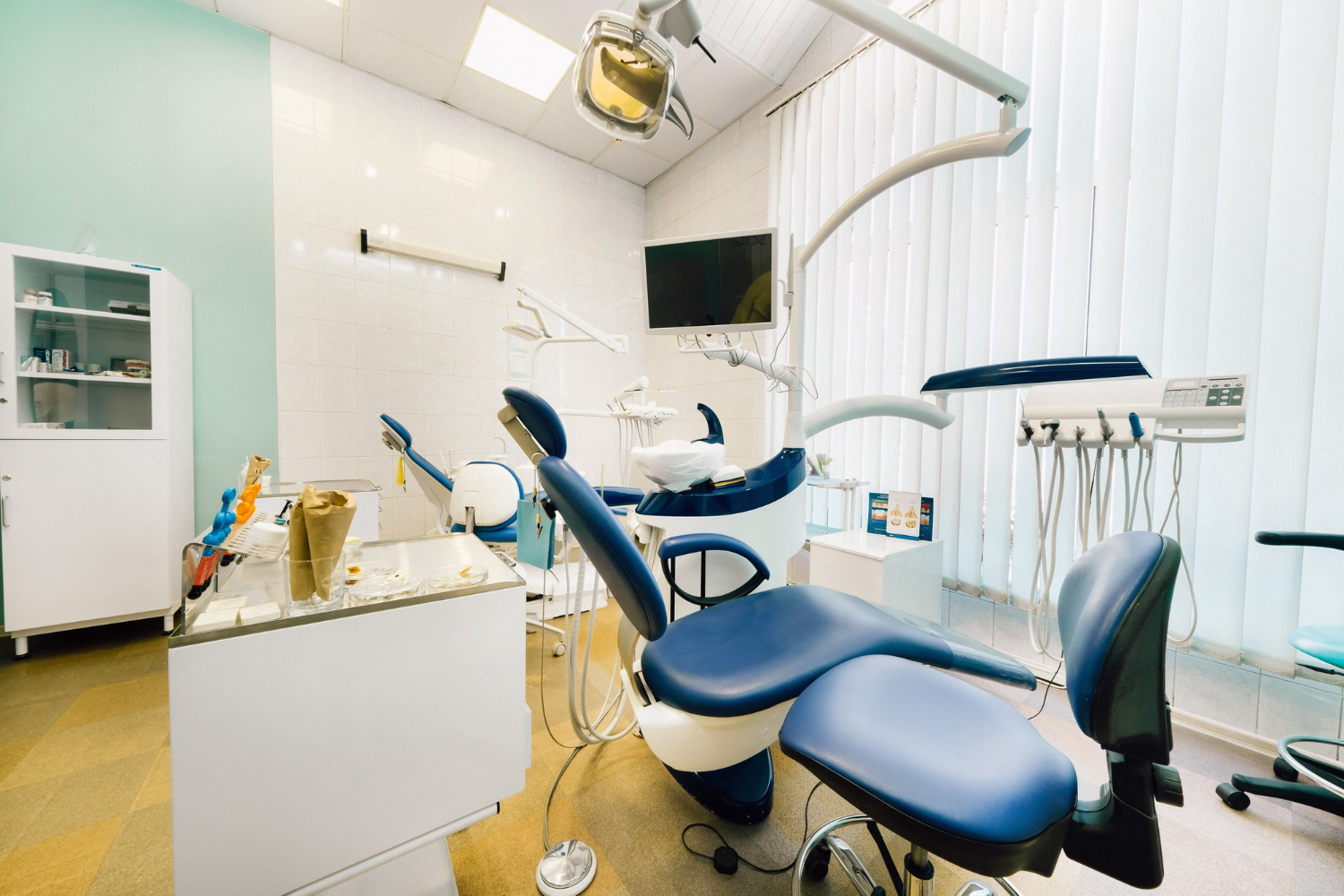
Strong Track Record of Positive Patient Feedback
Reviews matter. Real-world feedback from other patients offers insight that a resume can’t. If a clinic consistently receives praise for professionalism, quality care, and friendly service, that’s worth paying attention to. A single five-star review might be luck, but dozens of positive stories point to something real.
Good feedback often reflects more than skill—it reflects an environment that treats people right. From easy booking processes to how staff interact at the front desk, these experiences are part of the whole picture. A respected dentist will have earned that status by creating a space where patients feel respected, understood, and well cared for. It’s that kind of reputation you want working for your smile.
Skilled in Utilizing Modern Dental Technology
Technology can change the game. A skilled dental professional who embraces modern tools is often more accurate, efficient, and less invasive. Whether it’s digital imaging, laser treatments, or CAD/CAM technology for same-day crowns, these tools make your care faster and more precise.
But it’s not just about having the tech—it’s knowing how to use it well. A professional who stays up to date with equipment can identify issues earlier and offer more customized care. This kind of forward-thinking approach saves time, reduces discomfort, and improves long-term results. It also shows that the clinic is investing in quality, not cutting corners.
Discover the Trusted Care at Smiling Creek Dental
Smiling Creek Dental brings all these top-tier qualifications together in one place. From continuing education to patient-first comfort, our team is built around providing you with outstanding dental care in a relaxed, supportive environment. Whether you’re looking for a new dentist or want to upgrade your oral health experience, our clinic delivers modern solutions with a personal touch.
With a strong emphasis on advanced technology and a deep understanding of patient needs, Smiling Creek Dental doesn’t just treat problems—we work with you to prevent them. Our reputation reflects years of excellent service and trust built through real, caring relationships. Whether it’s cosmetic improvements, routine cleanings, or restorative treatments, you’ll find high-level care backed by kindness and professionalism. Contact us today to schedule your visit and see the difference a qualified, compassionate team can make for your health and smile.

